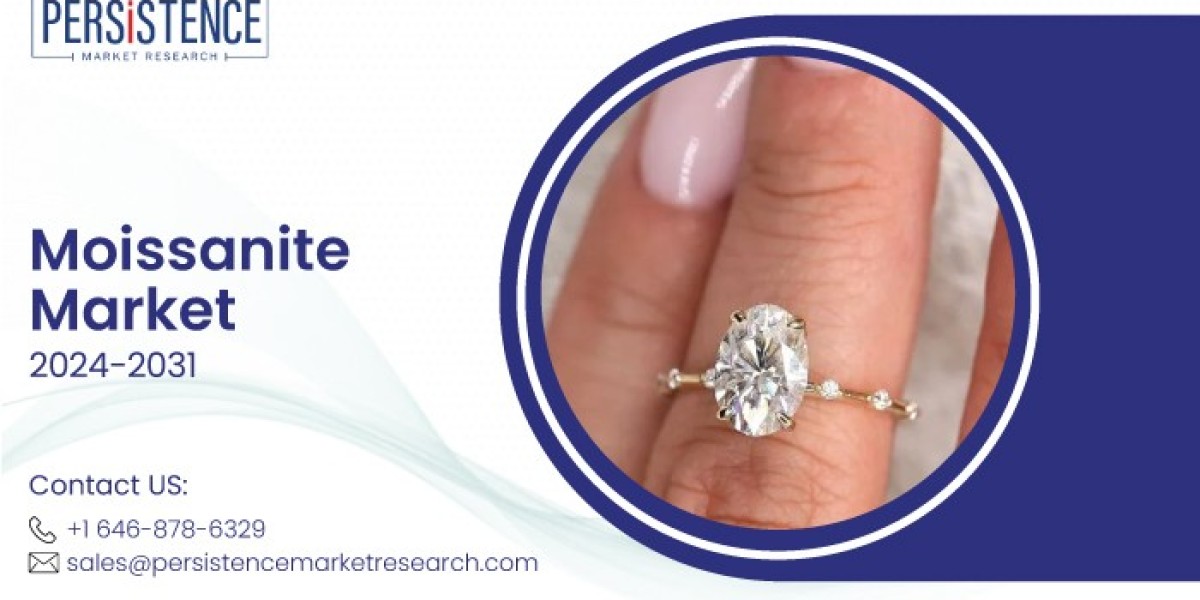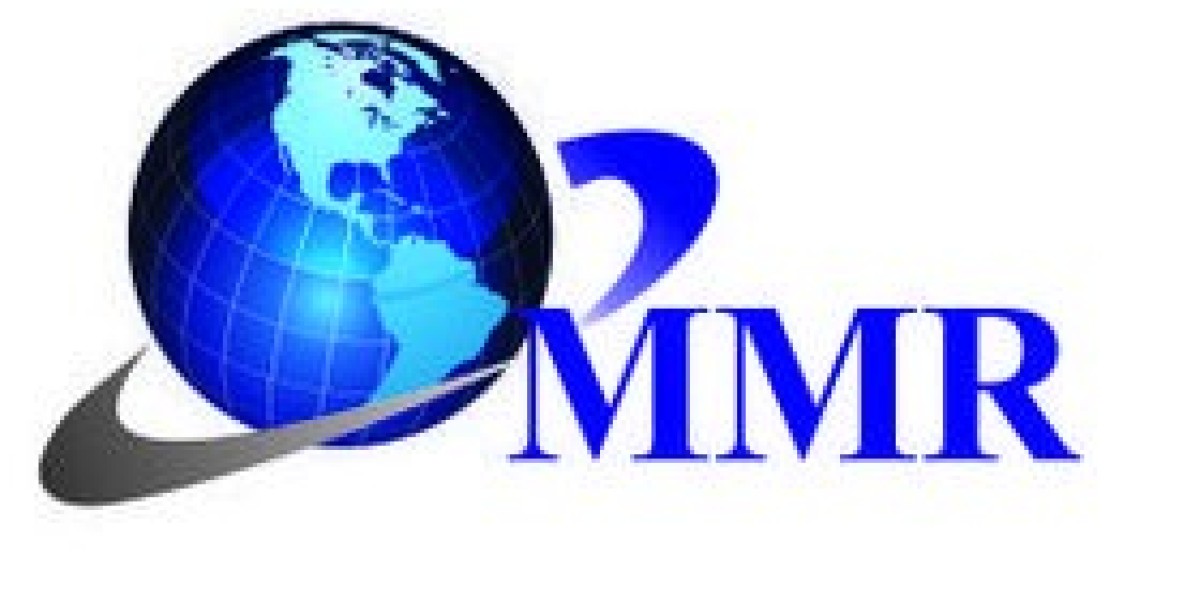The European moissanite market is experiencing steady growth, driven by the increasing consumer demand for ethical and sustainable gemstones. As awareness of the environmental and social issues surrounding traditional diamond mining continues to rise, consumers in Europe are seeking alternatives that align with their values without compromising on quality or aesthetics. Moissanite, a lab-grown gemstone known for its brilliance, durability, and affordability, has emerged as a top choice for ethically minded jewelry buyers in the region.
1. The Shift Toward Ethical and Sustainable Jewelry
Europe has long been a leader in promoting ethical and sustainable practices across various industries, including fashion and jewelry. Consumers in the region are increasingly prioritizing transparency, sustainability, and responsible sourcing in their purchasing decisions, and this shift is particularly evident in the fine jewelry market. The rise of conscious consumerism has led to a growing preference for gemstones that are conflict-free, eco-friendly, and ethically produced.
Traditional diamonds, often associated with environmental degradation and human rights abuses in mining regions, are falling out of favor with many European consumers. Moissanite, being lab-grown in controlled environments, offers a sustainable and conflict-free alternative that resonates with those who seek to minimize the impact of their purchases. This growing demand for ethically sourced gemstones is one of the primary drivers of moissanite’s steady growth in Europe.
2. Moissanite’s Appeal as an Affordable Luxury
Affordability is another key factor contributing to the rising popularity of moissanite in Europe. While European consumers are willing to pay a premium for high-quality and ethically sourced products, they are also increasingly value-conscious. Moissanite offers the look and brilliance of diamonds at a fraction of the cost, making it an attractive option for those who want luxury without the hefty price tag.
For many consumers, moissanite provides an opportunity to invest in larger or more intricate jewelry designs without exceeding their budget. This affordability is especially appealing for engagement rings, where couples can choose high-quality, custom designs that reflect their values while remaining within their financial means. The combination of ethical appeal and affordability has positioned moissanite as a strong competitor in the European fine jewelry market.
3. Technological Advancements in Lab-Grown Gemstones
The growth of Europe’s moissanite market is also being fueled by advancements in lab-grown gemstone technology. Innovations in the production process have resulted in higher-quality moissanite stones with improved clarity, color, and brilliance. Today’s moissanite is virtually indistinguishable from diamonds to the untrained eye, offering consumers a gemstone that delivers exceptional beauty and durability.
These technological advancements have made moissanite more competitive with traditional diamonds, further boosting consumer confidence in the gemstone. As European consumers become more aware of the superior quality and ethical production of lab-grown moissanite, demand for the gemstone is expected to continue growing.
4. Customization and Personalization Trends
Customization and personalization are major trends in the European jewelry market, and moissanite’s versatility makes it an ideal choice for bespoke designs. European consumers increasingly seek unique, personalized jewelry that reflects their individual style and values, and moissanite offers a wide range of customization options. With various shapes, sizes, and colors available, consumers can create one-of-a-kind pieces that are both beautiful and ethically sourced.
This trend is particularly evident in the engagement ring market, where couples are opting for personalized moissanite rings that align with their ethical and financial preferences. The ability to customize moissanite jewelry without the high cost of diamonds has made it a popular choice for those looking to create meaningful, custom pieces.
5. E-Commerce and the Rise of Online Jewelry Retailers
The expansion of e-commerce has played a significant role in increasing moissanite’s visibility and availability across Europe. Online jewelry retailers, such as Brilliant Earth and other ethically focused platforms, have made it easier for consumers to explore and purchase moissanite jewelry. E-commerce platforms offer a wide selection of moissanite engagement rings, earrings, necklaces, and other fine jewelry, allowing consumers to shop from the comfort of their homes.
Additionally, digital tools such as virtual try-ons and 3D visualization have made it easier for consumers to customize and visualize their moissanite jewelry before purchasing. The convenience of online shopping, combined with the ability to personalize designs, has contributed to the growth of moissanite sales in Europe.
6. Key Growth Markets in Europe
While moissanite is gaining traction across Europe, certain countries are leading the demand for ethical and sustainable gemstones. The United Kingdom, Germany, and France are among the top markets for moissanite, driven by strong consumer interest in ethical sourcing and sustainable fashion.
United Kingdom: As one of the largest jewelry markets in Europe, the UK has seen significant growth in demand for ethical gemstones. British consumers are increasingly opting for moissanite as an affordable, sustainable alternative to diamonds, particularly for engagement rings and custom jewelry designs.
Germany: Known for its environmentally conscious consumers, Germany is a key growth market for moissanite. German buyers are particularly drawn to moissanite’s sustainable production process and conflict-free nature, aligning with the country’s strong focus on eco-friendly products.
France: France’s reputation as a fashion and luxury hub has led to increased interest in moissanite as an ethical yet fashionable gemstone. French consumers are embracing moissanite for its ability to deliver the beauty and elegance of diamonds while supporting ethical sourcing and sustainability.
7. The Future of Moissanite in Europe
The future of moissanite in Europe looks promising, with steady growth expected in the coming years. As more consumers become aware of moissanite’s ethical benefits, affordability, and quality, demand for the gemstone is likely to increase across a wider range of jewelry categories.
Market analysts predict that Europe’s moissanite market will continue to expand as customization trends, e-commerce platforms, and consumer interest in ethical sourcing drive growth. Additionally, advancements in lab-grown gemstone technology will further enhance the quality and appeal of moissanite, solidifying its position as a leading alternative to traditional gemstones in the European market.
Conclusion
Europe’s moissanite market is seeing steady growth, driven by increasing demand for ethical, sustainable, and affordable gemstones. As European consumers continue to prioritize transparency and responsible sourcing in their purchasing decisions, moissanite’s lab-grown, conflict-free nature is resonating with those seeking an alternative to diamonds. The gemstone’s affordability and customization options, combined with advancements in lab-grown technology, are further fueling its popularity across the region.
With strong growth potential in key markets like the UK, Germany, and France, moissanite is set to become a staple in Europe’s fine jewelry industry, offering consumers a brilliant, ethical alternative to traditional gemstones. As the market continues to evolve, moissanite’s unique value proposition will ensure its lasting success in Europe and beyond.



